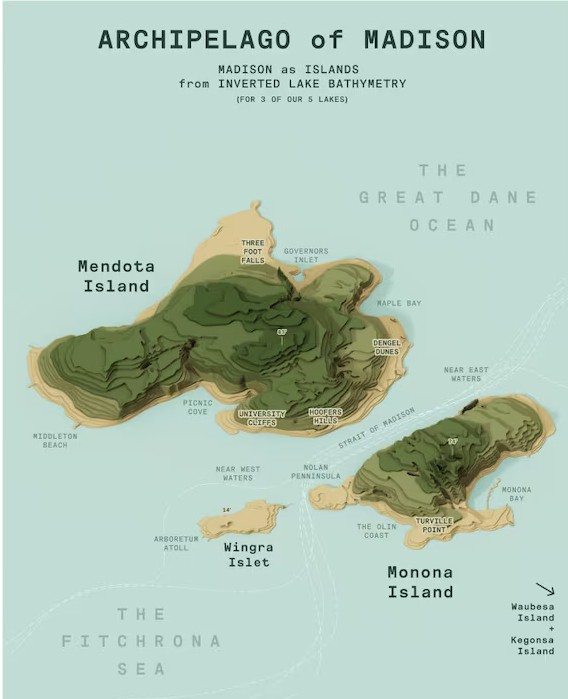Sorry about that. I got distracted by life. I know you all were waiting for part two of "Power to the People". By all, I mean you, guy, with your cardboard hat, eating snickerdoodles on your bean bag chair, while Looney Tunes plays on the set. Now, where was I... Oh, yes, I was talking about how to do more with fewer resources.
As long as you dont mind putting up with a few ad boxes on your web site, or occasional down time, you can have a fully featured web presence without paying for the whole kit and kaboodle. The idea is that there are sources of digital data being streamed onto the web and you dont have to pay to access them. The current catch phrase for this digital ocean of data is the cloud.
You may have heard that an unnamed megalosaurus of a software company (if I just said
Microsoft what fun would that be) is offering you a world of wondrous things in "The Cloud". And yes, it is probably all true, only dont confuse "The Cloud" with the cloud. "The Cloud" will cost you greenbacks, the cloud will cost nothing, except an occasional mind blank of ads on the periphery.
Ok, you say, now he's just ranting. So you want details. It starts getting technical here, so dont say I didnt warn you (dont you just hate apostrophes). A stream of data in the cloud is called a web service. Everyone has agreed what a service is, so anyone can build an app to access services without a separate config for each one. What does that mean, you ask?
OpenLayers is a javascript tool that lets you build a map on your site from bits and pieces of
geographic data floating around in the cloud. You can add your own information to it if you want, but even that can be stored in another cloud member, an
api called
Google Docs. You can combine Google Docs with Google Maps (another "free" cloudite) and roll your own web map without building out your server infrastructure (see
Seattle Green Map).
On top of this cloud ocean (rather than mixing metaphors again, I decided to combine them), are floating some pretty sophisticated drilling rigs. These middleware tools pull up filtered data from the ether and present it in your web site - and you dont have to pay one red cent. In the biz, we call that opensource. While these are still in their infancy, you can still have fun without paying up front. One promising data rig is
GeoCommons. I built a
prototype
for one project from my own shapefile which I uploaded and from another GC layer from someone else, all overlayed on a free base layer from
OpenStreetMap.
I know, not the speed you expect from the web these days, and just to warn you, some stuff just doesnt work. But as I said, we are talking about the birth of a new way of doing things, so check back in a little while. A very, little while.







